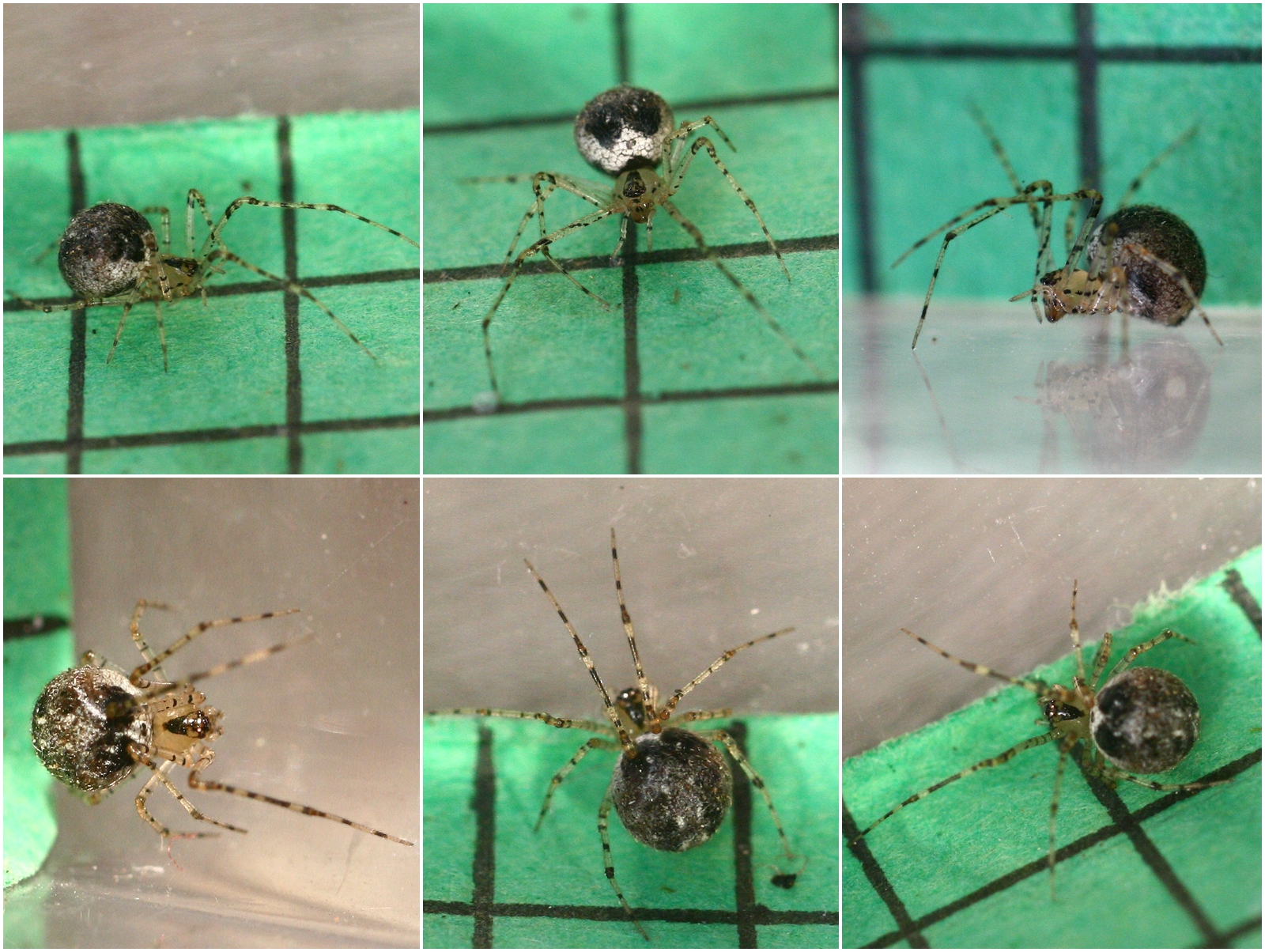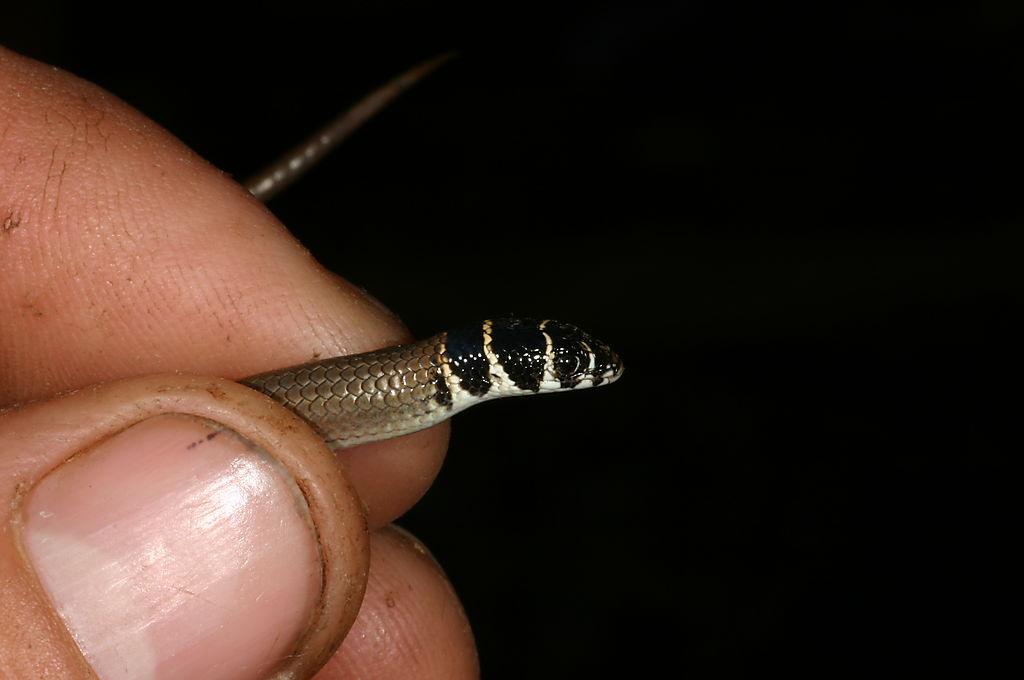Can you confirm these amateur observations of Delma tincta?
Add your own observation ofPhiline tincta in uska species han Gastropoda nga ginhulagway ni A. Verrill hadton 1882. An Philine tincta in nahilalakip ha genus nga Philine, ngan familia nga Philinidae. 4 5 Waray hini subspecies nga nakalista. Carex tincta Sedge. Key Characteristics. Loosely clumped Ovales sedge, closely resembling C. Bebbii; leaves 2-4 mm; inflorescence with strongly clustered, overlapping spikes; perigynia strongly flattened with prominent wings, relatively narrow (.
Delma tincta
Tincta For Mac

Find more photos by Google images search:
| Higher Taxa | Pygopodidae, Gekkota, Sauria, Squamata (lizards) |
| Subspecies | |
| Common Names | E: Excitable Delma |
| Synonym | Delma tincta DE VIS 1888 Delma reticulata GARMAN 1901: 5 Delma tincta — KLUGE 1974: 121 Delma tincta — KLUGE 1993 Delma tincta — COGGER 2000: 292 Delma tincta — WILSON & SWAN 2010 |
| Distribution | Australia (New South Wales, Northern Territory, Queensland, South Australia, Western Australia) Type locality: Normanton and Springsure, Qld.; restricted to Normanton by choice of lectotype. |
| Reproduction | oviparous |
| Types | Lectotype: QM J241, designated by Kluge (1974). Holotype: MCZ 6486 [reticulata] |
| Diagnosis | |
| Comment | Synonymy after COGGER 1983 and KLUGE 1993. Limb morphology: Limbless. |
| References |
|
| External links |
As link to this species use URL address:
https://reptile-database.reptarium.cz/species?genus=Delma&species=tincta
without field 'search_param'. Field 'search_param' is used for browsing search result.

Illustrator: Susan A. Reznicek
Copyright: Flora of North America Association
Plants loosely cespitose; rhizomes appearing elongate in old clumps. Culms typically (3–)5–9 per clump, 25–85(–150) cm; vegetative culms inconspicuous, usually fewer than 10 leaves clustered at apex, not strikingly 3-ranked. Leaves: sheaths with adaxial hyaline area, not mottled abaxially, frequently puckered or cross-corrugated, summits truncate or U-shaped, rarely slightly V-shaped, at most shortly prolonged beyond collar, papillose (at 30X); distal ligules 1.5–3.5 mm; blades 2–4 per fertile culm, 10–28(–40) cm × 2–4 mm. Inflorescences erect, compact on tallest culms, dense, brown, 1.2–2.5(–3.5) cm × 8–12(–15) mm; proximal internode 1.5–6(–10) mm; 2d internode 2–3.5 mm. Spikes 4–11, ± overlapping, ellipsoid or globose, 5.5–10 × 3.6–6.5 mm, base usually acute, apex rounded to broadly acute; proximal bracts scalelike, often with bristle tips shorter than inflorescences. Pistillate scales reddish brown or dark brown, ovate to lanceolate, 2.4–3.5 mm, at least slightly shorter than perigynium beaks, narrower than perigynia, apex acute or somewhat obtuse. Perigynia spreading to ascending-spreading, tan to brown at maturity, contrasting with scales while maturing, conspicuously at least 4–8-veined abaxially, 3–7-veined adaxially, broadly ovate, plano-convex, 3.5–4.5(–4.7) × (1.4–)1.6–2.4 mm, 0.45–0.6 mm thick, margin flat, including wing 0.25–0.45 mm wide, smooth; beak golden to dark brown tinged at tip, flat, ciliate-serrulate, abaxial suture with golden to dark brown hyaline margin, distance from beak tip to achene 1.7–2.3 mm. Achenes ovate to broadly elliptic, 1.3–1.6 × 0.9–1.2 mm, 0.4–0.55 mm thick. n = 36+IV.
Phenology: Fruiting summer.
Tincture
Habitat: Dry to seasonally moist grassy meadows, roadsides, open woodsElevation: 80–400 m
Distribution
N.B., N.S., Ont., P.E.I., Que., Ill., Maine, Mass., Mich., N.H., Vt., Wis.
Discussion
K. K. Mackenzie (1931–1935, parts 2–3, pp. 117–173) and F. J. Hermann (1970) reported Carex tincta from Alberta, Canada. Those specimens are apparently congested inflorescence forms of C. tenera var. tenera. Hermann also reported C. tinta from Montana and Washington, but the specimens also appear to be misidentifications. Specimens named C. tincta from British Columbia proved to be C. bebbii or C. feta.
Although common in parts of New England and the Canadian maritimes, Carex tincta is rare and local in much of its range, especially westward in the Great Lakes region.
A site in Penobscot County, Maine, contained Carex tincta, C. tenera, and sterile putative hybrid individuals.
Lower Taxa
Tinta Acrilica

Tincraft
Tinction
Tencent
